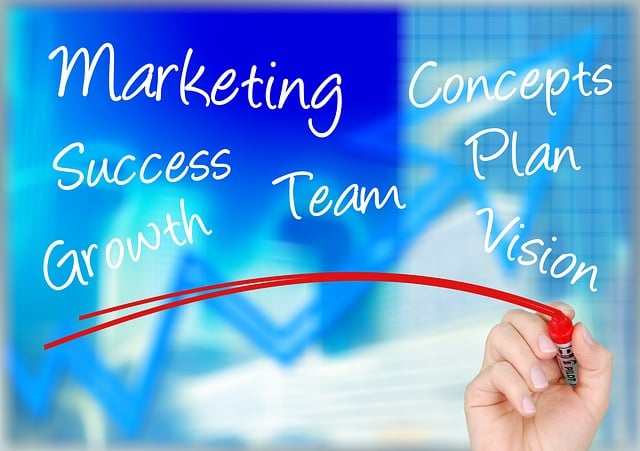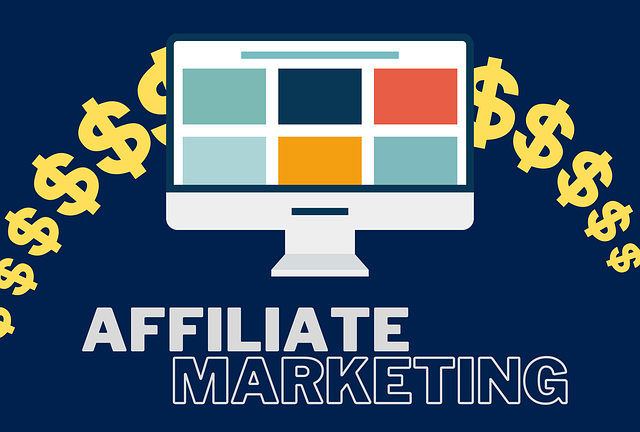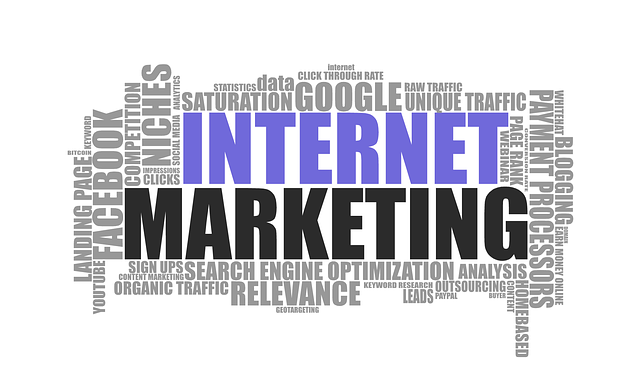AI fair housing compliance dashboards are transforming mobile home park management by automating document processing, offering real-time insights, and ensuring swift correction of potential unfair practices. Through these tools, park managers gain transparency and accountability in tracking every step of the compliance process, promoting fairness for all residents. Implementing AI requires a structured approach: assess current practices, prioritize essential documents, choose suitable tools with OCR and customizable dashboards, train staff, launch a pilot project, monitor performance, optimize KPIs, and address errors.
In today’s digital era, mobile home park management is evolving with AI automation in document processing. This technology streamlines crucial tasks related to fair housing compliance, enhancing efficiency and accuracy. The article explores the transformative potential of Artificial Intelligence (AI) in mobile home parks, focusing on AI fair housing compliance dashboards. We’ll guide park managers through a step-by-step implementation process, highlighting benefits that include reduced paperwork, faster inspections, and improved regulatory adherence.
- Understanding AI Automation in Document Processing for Mobile Home Parks
- Benefits of AI Fair Housing Compliance Dashboards
- Implementing AI: A Step-by-Step Guide for Park Managers
Understanding AI Automation in Document Processing for Mobile Home Parks

In today’s digital era, Artificial Intelligence (AI) has revolutionized various industries, and document processing in mobile home parks is no exception. AI automation offers an efficient solution for managing vast amounts of paperwork and ensuring fair housing compliance. By leveraging machine learning algorithms, these systems can analyze and categorize documents swiftly, from lease agreements to maintenance records. This not only streamlines operations but also reduces the risk of human error in data entry.
AI fair housing compliance dashboards are particularly beneficial tools for mobile home park managers. They provide real-time insights into key metrics related to rental agreements, providing a comprehensive view of the park’s overall compliance status. With automated document processing, park managers can quickly identify potential issues, such as discrimination or unfair practices in leasing, and take prompt corrective actions. This proactive approach ensures that the mobile home park maintains a fair and inclusive environment for all residents.
Benefits of AI Fair Housing Compliance Dashboards

AI Fair Housing Compliance Dashboards are transforming the way mobile home parks manage regulatory adherence. These innovative tools leverage artificial intelligence to automate document processing, streamlining crucial tasks such as tenant applications, lease agreements, and inspection reports. By digitizing and analyzing this data, dashboards provide park managers with real-time insights into potential compliance issues, allowing for swift corrective actions.
One of the key advantages is enhanced transparency and accountability. Dashboards offer a centralized platform to track every step of the compliance process, ensuring that all records are meticulously documented and accessible. This not only simplifies audits but also promotes fairness by minimizing human error and bias, thereby fostering a more equitable housing environment for all residents in mobile home parks.
Implementing AI: A Step-by-Step Guide for Park Managers

Implementing AI in mobile home park management can seem daunting, but with a structured approach, it becomes an achievable goal. Here’s a step-by-step guide for park managers looking to leverage AI for automated document processing and fair housing compliance.
1. Assess Current Processes: Begin by evaluating your current document handling practices. Identify pain points, such as manual data entry, paperwork delays, or difficulties in tracking important documents related to tenant applications, leases, and complaints. Understanding these challenges will help you define areas where AI can bring significant improvements.
2. Identify Essential Document Types: Not all documents require the same level of automation. Prioritize document types that are time-consuming to process manually or those with high importance for fair housing compliance. This could include tenant applications, rental agreements, maintenance requests, and records of resident complaints. Focus on digitizing and automating these core documents first.
3. Choose the Right AI Tools: Explore AI solutions specifically designed for automated document processing. Look for features like optical character recognition (OCR), form filling, data extraction, and categorization. Consider platforms that offer customizable dashboards to track and manage fair housing compliance, ensuring all relevant regulations are met. These tools can significantly streamline your park’s administrative tasks.
4. Implement and Train the System: Once selected, integrate the AI software into your existing systems or workflows. Provide clear instructions and training materials for staff to ensure smooth adoption. Start with a pilot project, testing the system on a small sample of documents before full-scale implementation. This allows for adjustments and fine-tuning to improve accuracy.
5. Monitor and Optimize: Regularly review the AI system’s performance, comparing output against your defined key performance indicators (KPIs). Analyze any errors or inconsistencies and make necessary adjustments to training data or algorithms. Continuous monitoring ensures the system remains efficient and effective in meeting fair housing compliance requirements.
AI automation in document processing for mobile home parks offers a transformative solution for fair housing compliance. By leveraging AI, park managers can streamline document management, enhance accuracy, and efficiently monitor regulatory adherence. The implementation of AI fair housing compliance dashboards provides a comprehensive view of critical data, enabling proactive decision-making and ensuring a fair and inclusive living environment. Embracing this technology is a strategic move towards modernizing the industry and fostering stronger community relationships.
